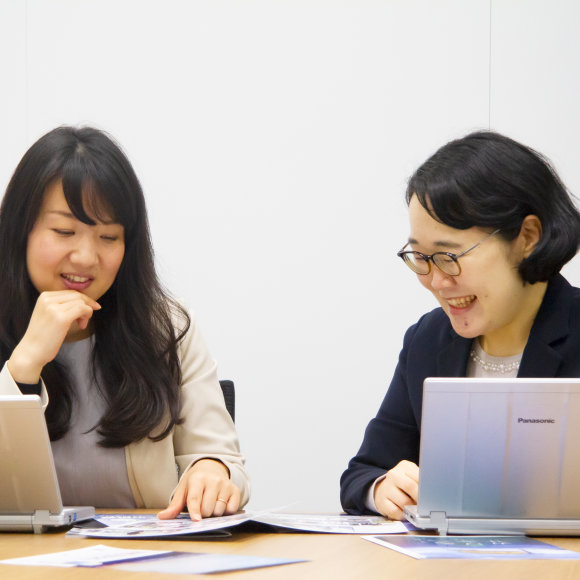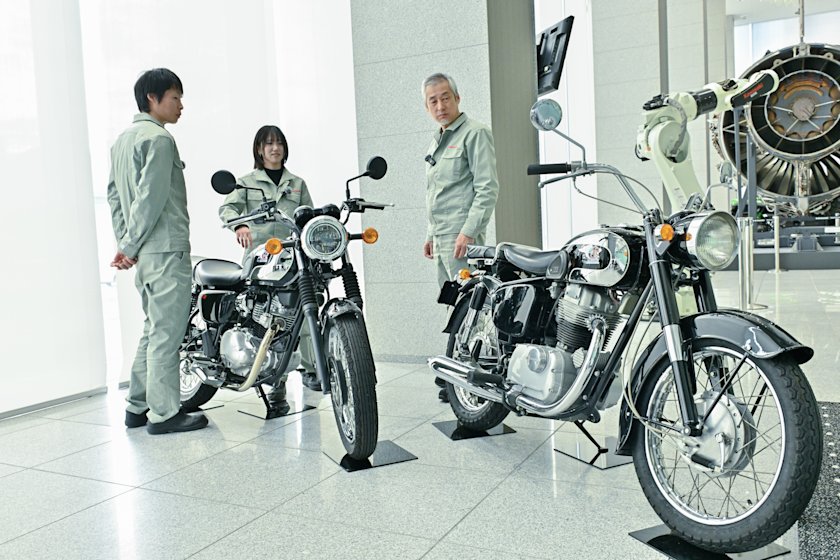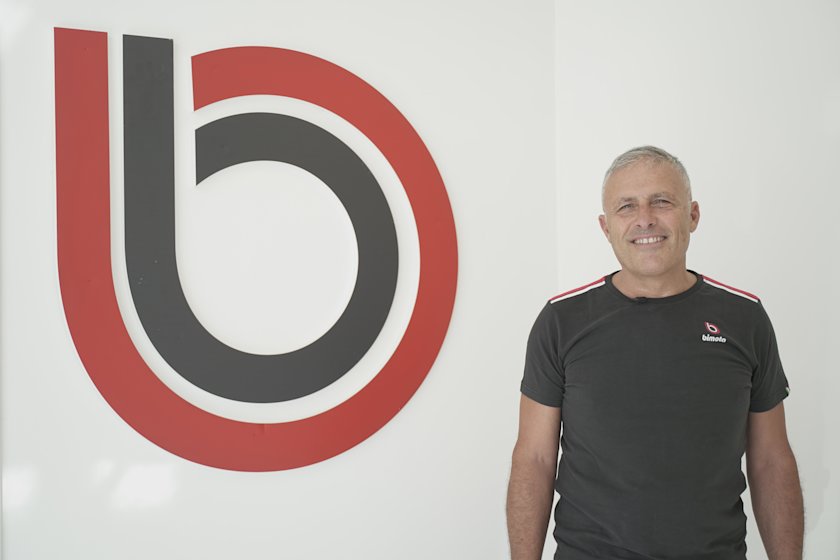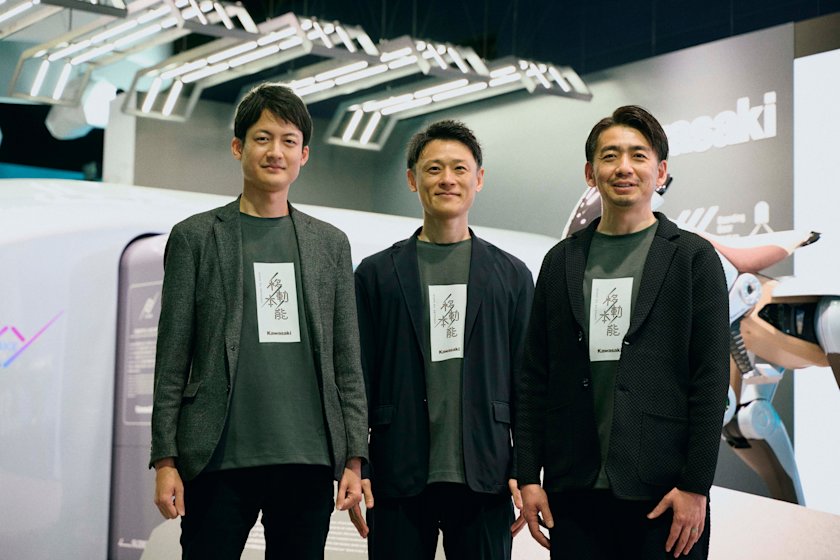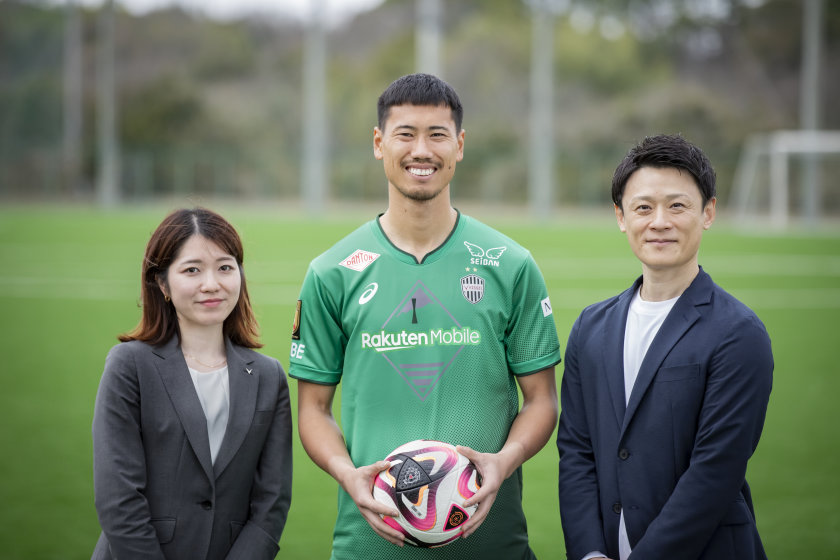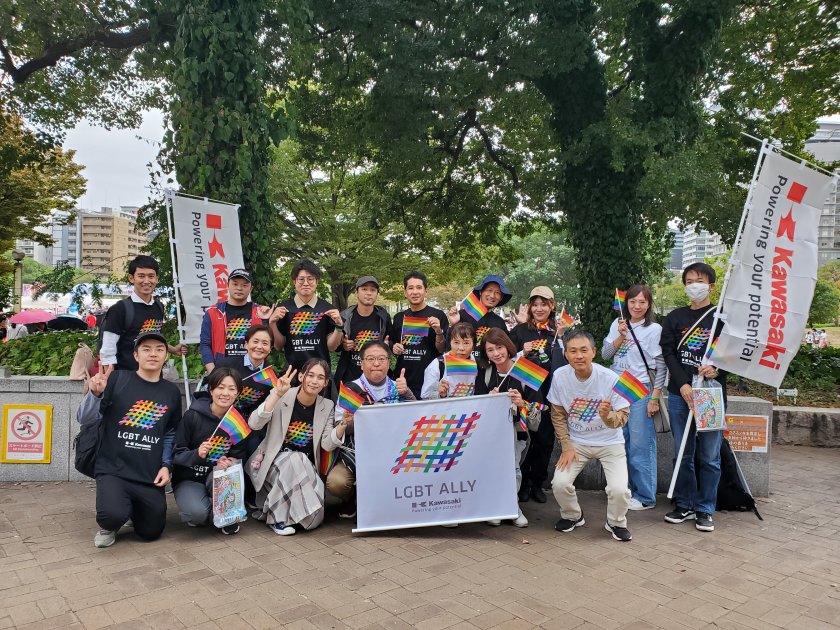The Kawasaki Business Idea Challenge (BIC) program hunts for new business within the company. What devices and support are available to foster entrepreneurships? The members of the Innovation Department will answer.

Assistant Manager
Innovation Department
Corporate Planning Division
Kawasaki Heavy industries, Ltd.
Joined Kawasaki Shipbuilding Corporation because of her longing for ships. After helping to design ships, she moved to the Innovation Department in 2017 and has been studying a wide range of issues, including the organization of the BIC and attempts to generate innovation by exchanging ideas with outside parties.

Assistant Manager
Innovation Department
Corporate Planning Division
Kawasaki Heavy industries, Ltd.
Joined Kawasaki as part of her search for a profession related to outer space, which has been her dream since childhood. Subsequent to her experience in the thermal design of rocket payload fairings and new business creation activities, she moved to the Innovation Department in 2021 and has been promoting the BIC and open innovation for the generation of new value.
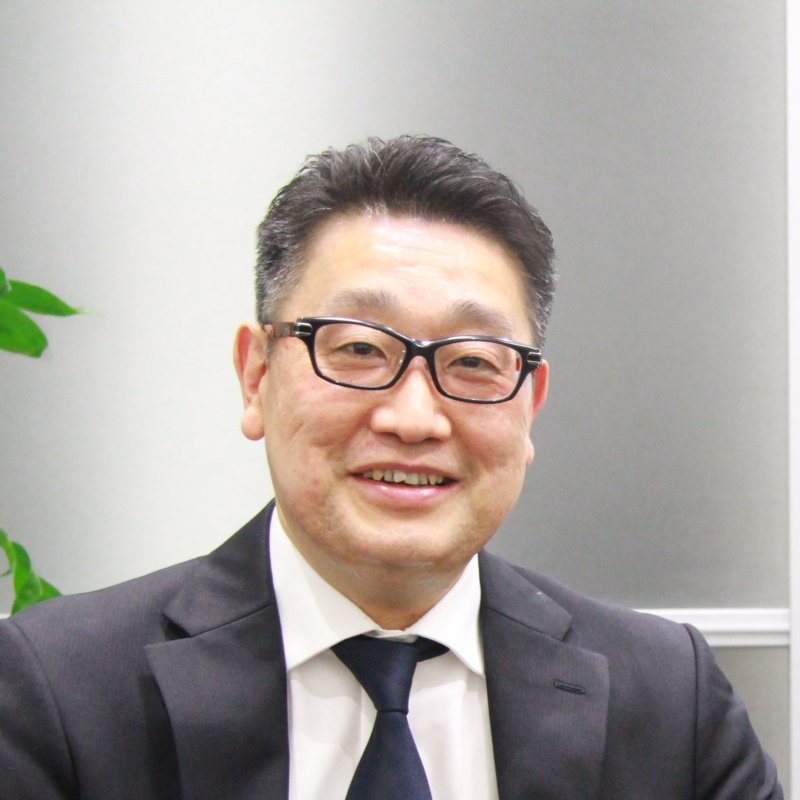
Senior Manager
Innovation Department
Corporate Planning Division
Kawasaki Heavy industries, Ltd.
Transferred to the Innovation Department after his involvement in startups and sales of new business and products in the fields of factory automation, robots, steel structures, rolling stocks, and motorcycles and engines.
Look for New Attempts Going Beyond the Limits of Existing Business
Explain the background of Kawasaki starting the Business Idea Challenge (BIC) program to aid entrepreneurships.

The starting point was the idea that future company management would need to handle both existing and new businesses in pairs in order to respond to the rapid changes in the market environment and customer needs. Kawasaki, having celebrated the 125th anniversary of its foundation, is an organization conducting business with high barriers to entry—ships, aircraft, and trains. Therefore, it has been important to focus on existing business, in other words, its specialty fields. Meanwhile, there are issues such as breakaway from the principle of self-sufficiency, where Kawasaki intends to make products with only its own resources and engineering, and cooperation between in-house companies in different business domains.

Developing existing business is certainly important. However, we should also care about venturing into new fields without being constrained by the business of our own department and enhancing the potential by collaborating with external partners. The BIC system was established from this concept.

I believe that some people in Kawasaki have the ambition to embody their own ideas. We have big expectations for their aspirations. The considered project is first administered as an entrepreneurship and finally becomes autonomous and independent of Kawasaki. In April 2020, the program actually started to collect ideas across the company at the initiative of the corporate organizational unit, the Innovation Department, though there had been new business planning projects and training per division in the past.
What is the BIC?
Kawasaki launched this program in April 2020 to accelerate open innovation initiatives and to solicit a broad range of unpursued business ideas unconstrained by existing products and businesses, but still leverage the strengths of the applicants and the Kawasaki Group. These ideas will be adopted to develop a variety of new products and businesses that can accommodate the rapid changes in market environments and customer needs. To that end, we plan to collaborate as necessary with both startup ventures and major companies. Using an agile development methodology in which product and service planning and reviews are repeated in short cycles, we plan to achieve efficient and rapid creation of new added value. Another aspect of the BIC is to strengthen entrepreneurship among submitters by offering the financial accounting and business strategy education needed to create new business models, so that they become resources for the sustainable growth of Kawasaki.
What has been devised for operation of the program?

There are two mechanisms to collect quality ideas and to guide them to commercialization.
First, we emphasize the high probability of the commercialization of the ideas. More specifically, the submitted idea is always examined promptly, and if it seems feasible, the project will start any day with funds for the attempt. The aim is making the candidates a reality.
The second point comes from the fact that the challenge is acceptable regardless of the present department that originated the idea. For example, when an employee receives inspiration during work, if it is outside the business domain of the employee’s department, it may seem difficult to realize and useless for existing practices. Therefore, by separating the issue from the current business and regular tasks, the standalone Innovation Department organizes and integrates the process from collecting ideas to judging materialization. It should be good if the BIC system functions by taking on thoughts and ideas regardless of which team and division proposed the idea.
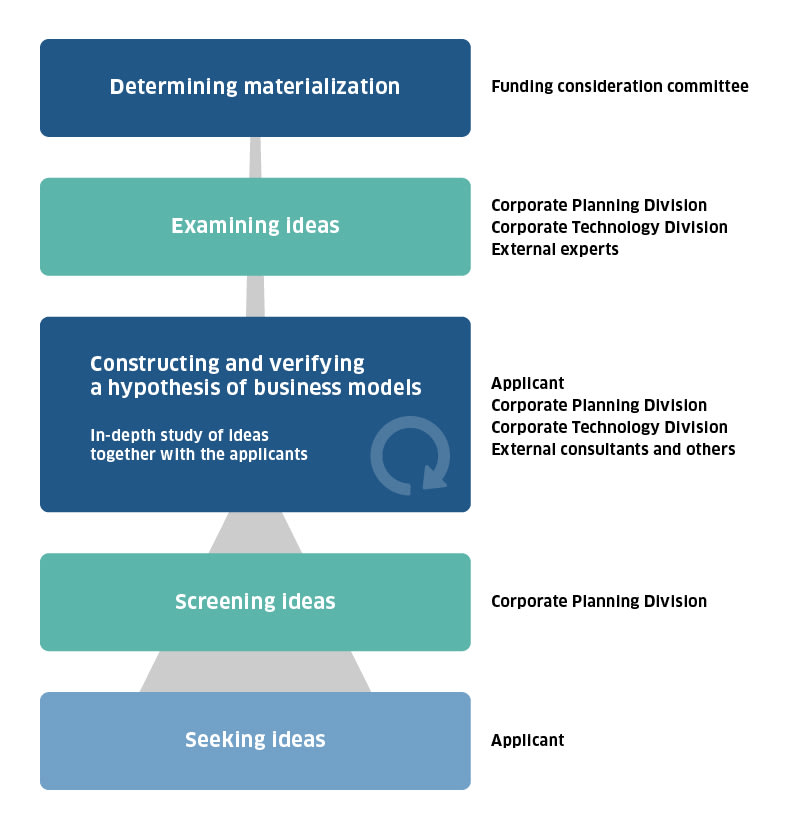
You Cannot Make Something New by Yourself.
Therefore, the Innovation Department Is Here
What tip encourages the active participation of employees?

We pay attention to lowering the entrance hurdle. The point is that anyone can propose a business idea at any time. Arbitrary subjects will do, although the theme is sometimes specified for a limited time. Ideas that you think Kawasaki should realize are always accepted via the intranet.
In the beginning, you must do your regular work in parallel, which is difficult, right?

The president has directly shared his messages with employees—“Let’s actively plan new business.” With positive words from the top, both management and employees make the attempt confidently. I think the ambiance of taking on challenges aggressively and cheering on the challengers is produced as a result.
After an idea is submitted and starts to advance as a project, what support is provided?

The Innovation Department, in particular, are striving to act as a link between internal networks and external parties. If someone wants to realize an idea, we will contact persons with experience in related jobs within Kawasaki and introduce partner companies. One should not create a business alone because it is important to consult others and ask for their assistance. What helps us is inside and outside the company. We are offering support to make use of such assets.


About 300 Ideas Have Been Received in Two Years.
From Now On, Personal Growth is Intended Together with Business Maturation
How about the current accomplishments of the BIC, which started in 2020?

he total number of applications is 293 (as of March 2022), and many employees have participated in the program. Some of the ideas are about to be put into practical use, such as the Web-based helicopter charter service, the three-wheeled electric vehicle noslisu, and the indoor location information service iPNT-KTM.
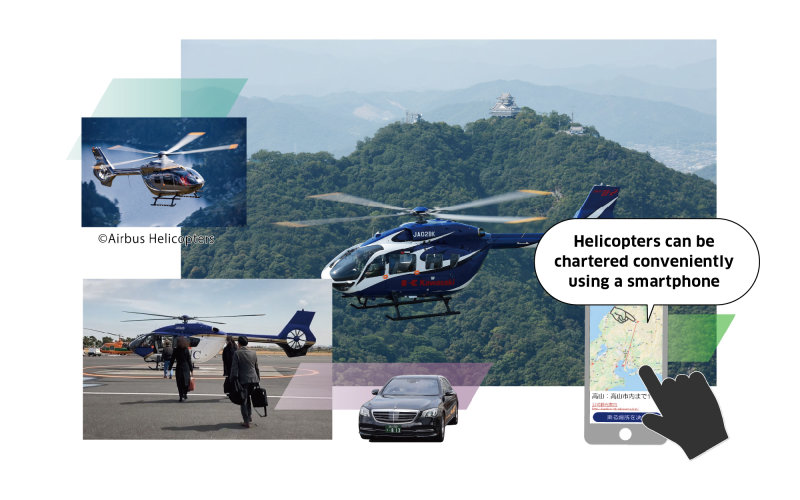

What are your future targets?

I have great hope that many entrepreneurships will emerge from here. On the other hand, I also expect that human resources will develop and that the corporate culture will take on challenges without fear of making mistakes. For instance, the experience of the BIC should teach us many things different from our regular work. An engineer who has been working on technologies only could learn finance in the course of organizing a new business. A researcher who only communicates with internal staff normally might interview users in person to plan an enterprise and notice some fresh opinions. The connections made between motivated people who challenge the BIC might generate new synergy. The nurturing of attitudes toward learning and cultivating employees interested in new businesses are my expectation. I hope the process will result in an atmosphere and culture at Kawasaki that encourages employees to try anything and that lets them think of challenges as good.
I also look forward to the growth of many people and businesses.

I want employees to work in the program with a vigorous spirit, for example, after achieving a certain level of success as an entrepreneurship, they want to carve out or spinoff their own business. Our posture is the same as if we were recruiting, “Why don’t you be an entrepreneur?” Some people may consider it difficult to create a new business. However, you would not start from nothing because a broad range of knowledge, technologies, personnel, and other resources of Kawasaki can be used. Even though creating new value and launching and operating a new business are not easy in the situation where the market environment and customer needs are changing rapidly, I believe behavior with a sense of speed without fear of failure based on the “market-in” concept will lead to the Group Vision of “Trustworthy Solutions for the Future.” You should dare to face new challenges, which would be fruitful because you are at Kawasaki. Accelerate growth together.
